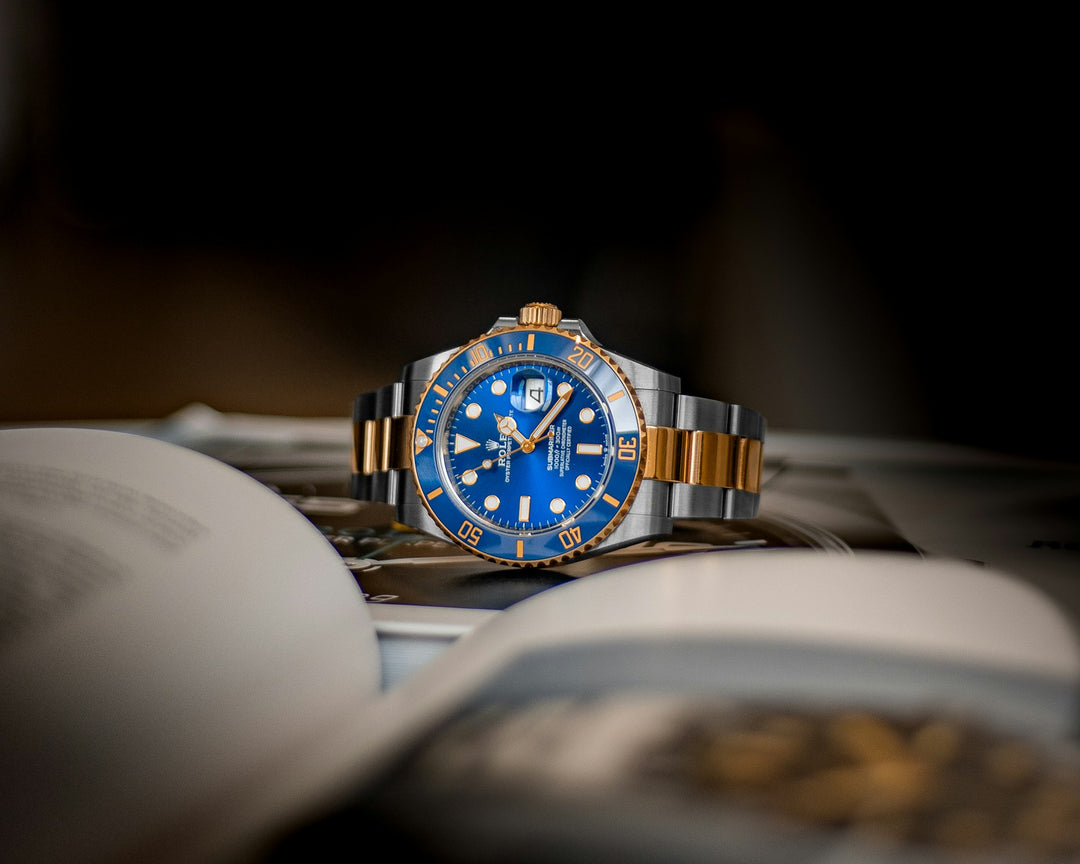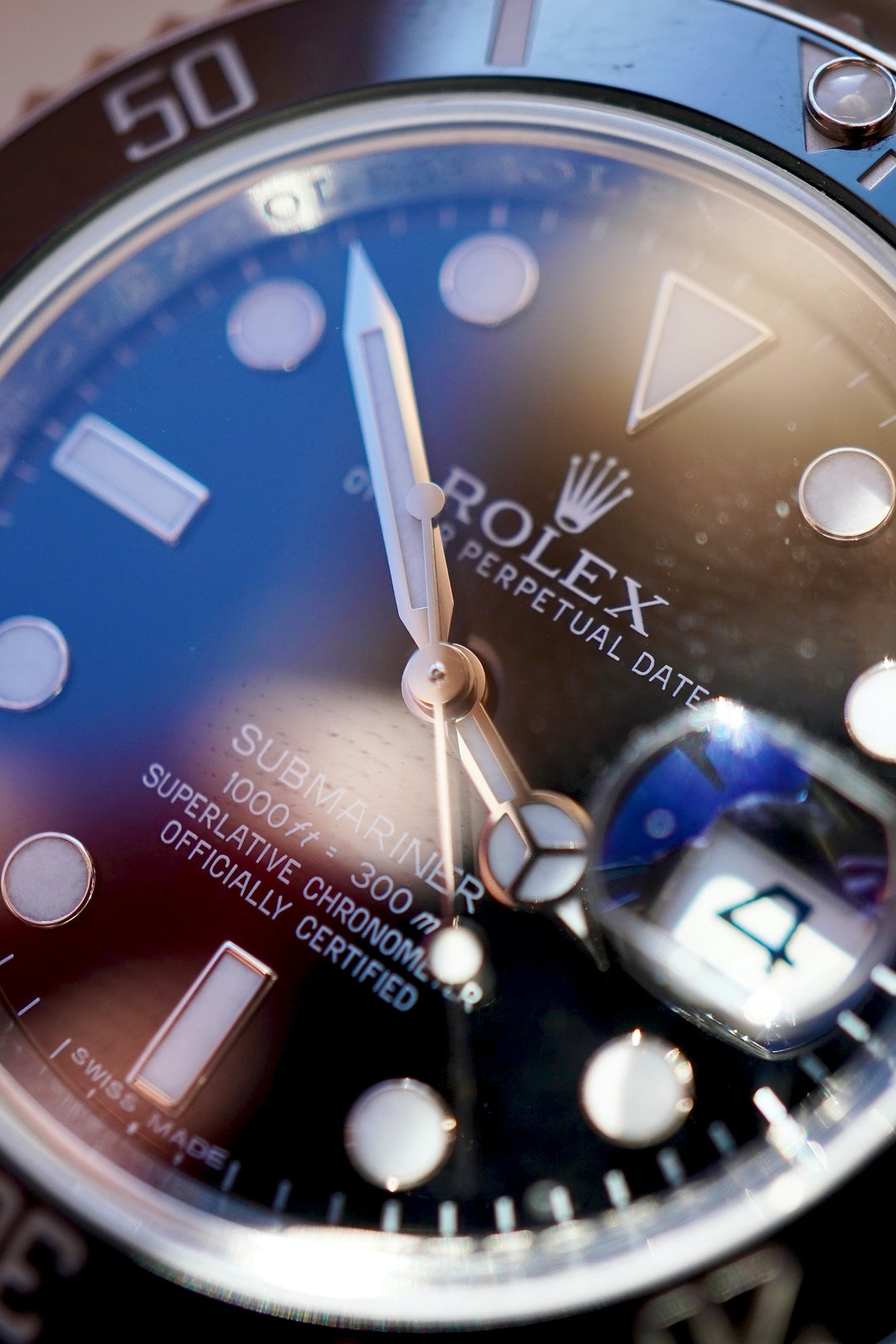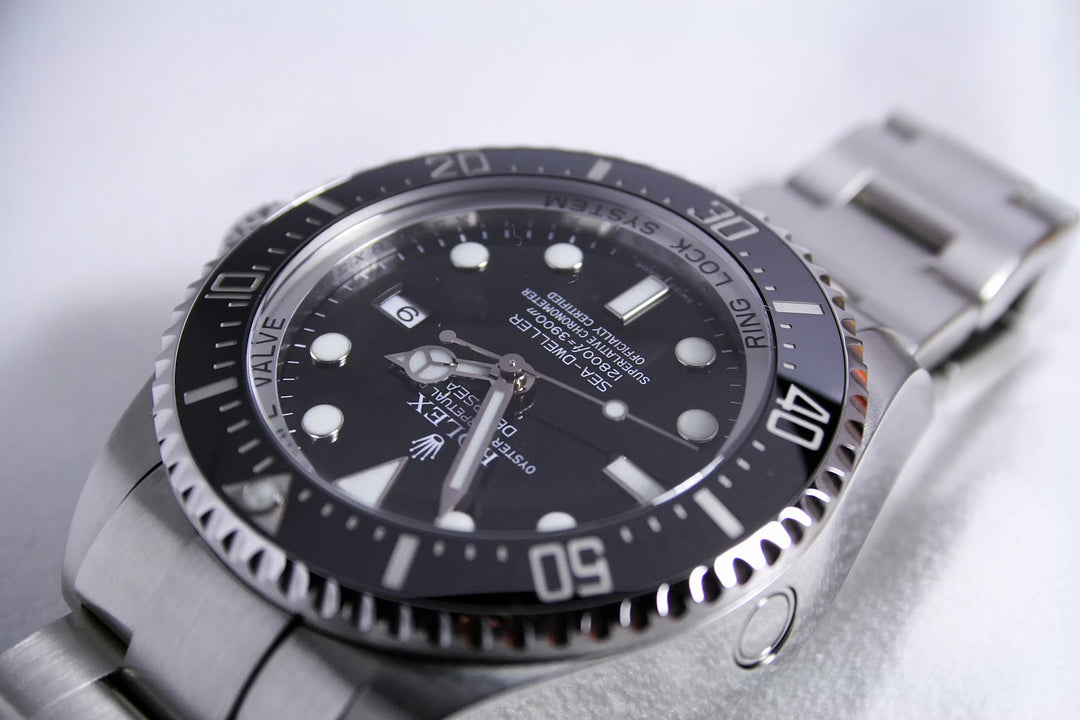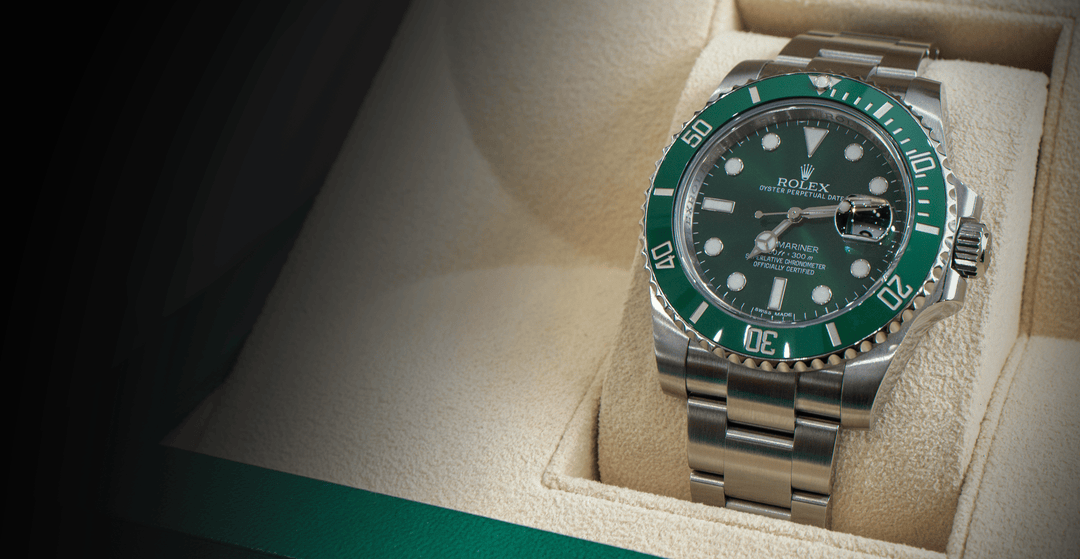The Rich History of the Rolex GMT Master II
The year 1952 marked the beginning of the jet era. Humans were gifted with a literal, long-fantasised superpower: that of flying. As we began crossing the thresholds of space and time, we naturally asked for assistance from varying fields, one of which being the mesmerising science of watchmaking.
Fast-forward to 1955: Pan-American World Airways turns to Rolex and asks for a unique tool watch that would allow pilots to keep track of time in different time zones. The same year, Rolex launched the Oyster Perpetual GMT-Master, a true tool watch. Since the primary purpose of the watch was to indicate two time zones, the Swiss company named it after Greenwich Mean Time (GMT). Though GMT was replaced with a new term, Coordinated Universal Time (UTC), the iconic name of the watch remained.
This article will follow the traces of continual involvement during which the tool watch became one of the most beloved timepieces ever—the Rolex GMT Master II.
1955: The First Edition
The first edition of GMT Master was simple yet clever in design. The main element, of course, was the additional fourth hand that pointed to a rotating bezel showing 24 hours. Pilots could rotate the fourth (GMT) hand to align with the desired time zone whenever they entered a different one. The bezel was divided into two parts: one blue and another red. The blue and red portions represented day and night, allowing the pilots to quickly tell the time even in the dark without relying on traditional hour and minute hands.
1982: Introducing GMT Master II
In 1982, Rolex introduced the GMT Master II with a few key additions that made it easier to use and, therefore, more practical. The first edition included conventional hours, minutes, and GMT hands; all three were synchronised. With GMT Master II, Rolex presented an entirely new movement that made the hour hand independent from the other three. This motion was also equipped with a self-winding mechanism, making it more reliable and efficient.
2005: 50th Anniversary Edition
To celebrate the 50th anniversary of GMT Master, Rolex launched another edition of the legendary watch. The design and materials used in the production were significantly changed: the aluminium bezel became ceramic. Monobloc bezels and ceramic inserts (both made in-house) significantly improved the watch’s appearance, catching the eyes of many more.
2013: Dark Knight's Timepiece
Rolex started experimenting with colours on ceramic. In 2013, it introduced a ground-breaking ceramic bezel insert that combined two colours - blue and black. Because of the choice of colours, the new GMT Master II was nicknamed “Batman.”
2014: Pepsi in Time
Continual experimentation with colours and innovative ceramic technologies opened the door to launching a new version of the GMT Master II in 2014. Rolex unveiled the new ceramic colour and repeated the company’s signature combination of red and blue on the Cerachrom bezel insert. Red-and-blue GMT Master II was often referred to as “Pepsi.”
2019: From The Solar System to Earth
In 2019, Rolex released the next version of the GMT Master II, which, with its material, can be perceived as a mediator between space and Earth: The GMT-Master II in 18 ct white gold features a meteorite dial. The dial was made from a rare iron meteorite that travelled billions of kilometres across the solar system before reaching Earth. As the meteorite travelled, the metals gradually crystallised, creating metallic formations. Each Rolex meteorite timepiece is unique because of these natural patterns.
2022: Reminiscing about The Original
Despite the long development path and the introduction of innovative techniques and materials, Rolex did not forget its beginnings. In 2022, the company decided to bring the original GMT Master (created in 1955) back to life and presented the GMT Master II with the crown on the left side of the case and a green and black bezel insert. This new version demonstrated the shift from once tool watch to an iconic piece of accessory, keeping its practicality and ease of use with astounding design.
2023: Discovering New Shades
In 2023, Rolex released new versions of the GMT Master II, featuring a variety of new dial and bezel colours. These new shades gave the watch a unique look, further cementing its iconic status.
A Final Note
Rolex is at the forefront of watchmaking, consistently setting the bar higher with every new release. At Watch The Time, we meticulously monitor Rolex's groundbreaking innovations and ensure that we provide premium-quality Rolex GMT Master II used models to as many customers in the UK as possible.







